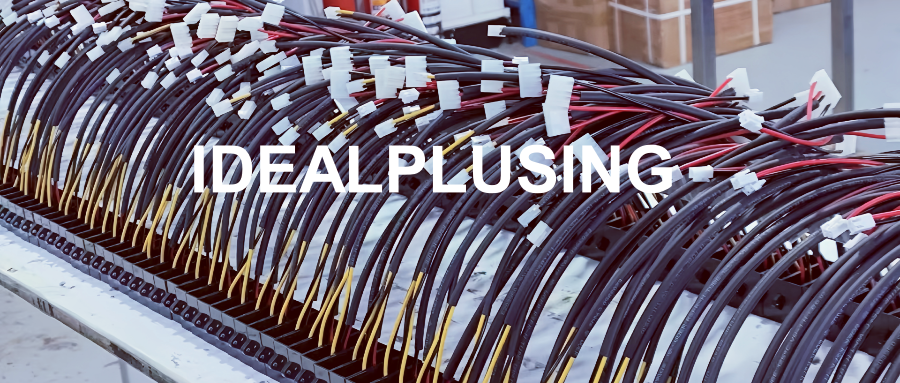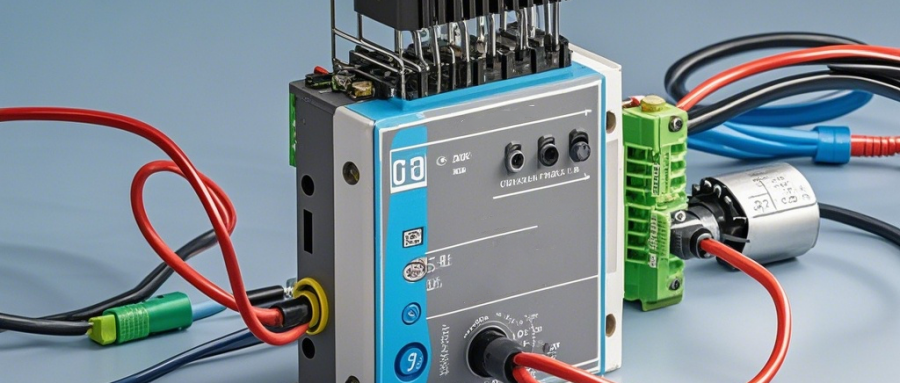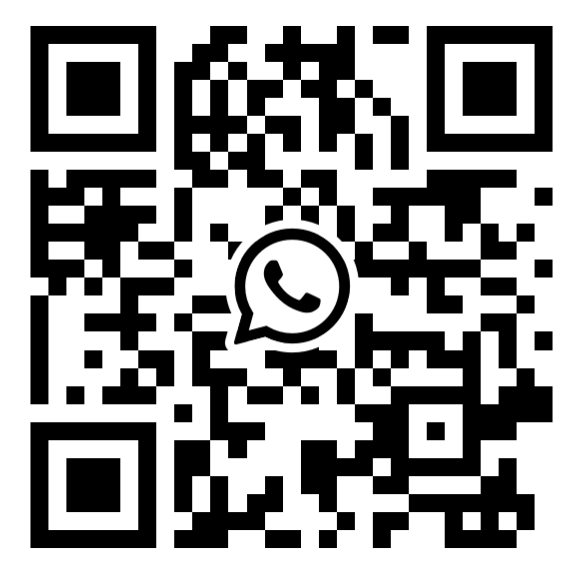Low power isolated DC-DC converters are compact and ideal for applications in communications equipment, instrumentation and industrial electronics, providing an ideal solution for space-critical applications. IDEALPLUSING offers a wide range of 1W and 2W isolated DC-DC converters to choose from. This article will look at some specific applications for these devices.

Unregulated vs regulated converters
IDEALPLUSING offers both regulated and unregulated isolated DC-DC converters. The choice depends on the application. If the supply voltage is stable and the load remains relatively constant, an unregulated DC-DC converter is a good fit. This is because unregulated DC-DC converters also provide voltage level translation, galvanic isolation and short-circuit protection (-P models) while costing much less than regulated DC-DC converters.
In contrast, if the supply voltage or load is unstable, a regulated converter is required, which is designed to maintain the output voltage at the desired value when the input voltage or load changes. A regulated DC-DC converter will maintain a fixed output voltage if the input voltage changes (such as when powered by a battery) or the load is variable (including no-load conditions).
In some low-power designs, a semi-regulated converter provides the best compromise. A semi-regulated converter is an unregulated converter that uses a low dropout (LDO) linear regulator on the secondary side of the transformer to keep the output at the desired value regardless of load conditions. This solution has a distinct advantage: if the load is suddenly removed, the output voltage remains regulated and the converter continues to be short-circuit protected. However, the overall efficiency is reduced and the cost is increased compared to an unregulated converter due to the additional regulation stage.
Listed below are some of the application areas for this versatile device. Depending on the application, a combination of regulated and unregulated converters can be used.

Gate Driver Power Supplies
Isolated DC-DC converters are widely used in gate drivers for high-voltage inverters. For example, photovoltaic (PV) solar panels produce a high-voltage DC output that is converted to an AC output by a high-voltage three-phase inverter. The DC voltage can be as high as 1000 V or more, and the floating voltage between the inverter module and ground can often reach several hundred volts; therefore, isolation is required for both functional and safety reasons.
Medical Applications
Medical applications are subject to strict regulatory requirements in both hospital and non-hospital environments, and patient and operator safety must be prioritized. In medical equipment, a DC-DC converter is often required, which can take a DC input from a battery or AC source and convert the voltage to the voltage required by the circuit or to power peripherals such as sensors. In most cases, the input voltage of the DC-DC converter is low, such as 5 V or 12 V, and the output voltage is also low, such as +/-5 V or 3.3 V. Isolation is not always required from a functional perspective, but it can be applied to break ground loops, help control crosstalk between sensors, reduce electromagnetic interference (EMI), or generate a negative voltage rail from a positive supply. Conversely, even if isolation is not required from a functional perspective, it may still be required for safety reasons, even if the input and output voltages are low and well within the specified "safe" voltage range.
IDEALPLUSING provides low power DC-DC converters that can be used for a variety of purposes. Low power isolated DC-DC converters are widely used in many industrial and medical applications with a variety of professional requirements. IDEALPLUSING has optimized the design for these applications and provides a range of regulated and unregulated converters







